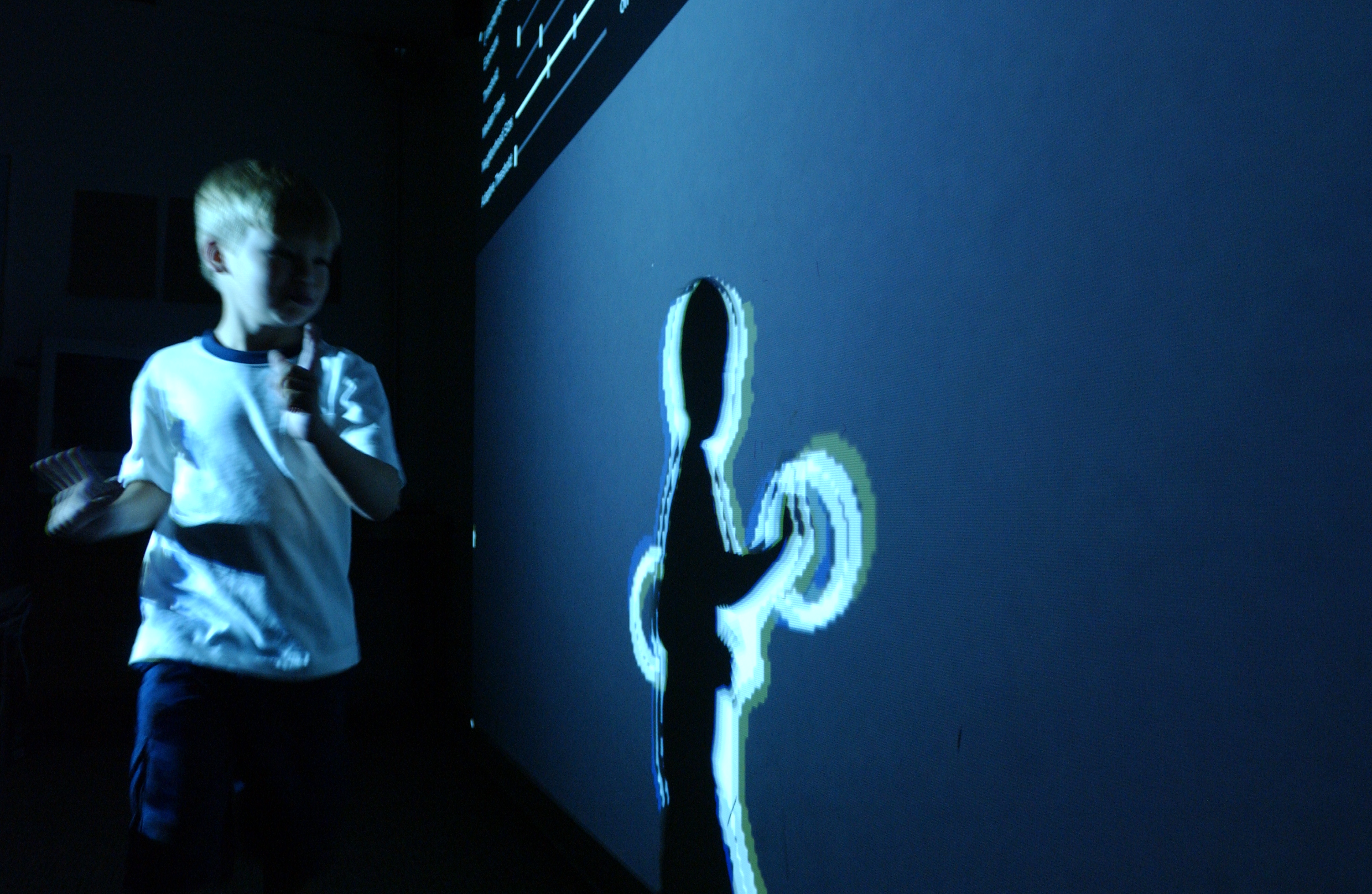Dart/Flutter course for computer science students.
- Introduction to Dart Programming Language
- Introduction to Flutter
- Developing a Flutter Application
Introduction to Flutter
Basics of Flutter: Understanding Widgets, Building Layouts, and Responding to User Interaction

Topic in language and computer science.
Flutter Framework Overview
Flutter is an open-source UI software development kit created by Google. It allows developers to build natively compiled applications for mobile, web, and desktop from a single codebase. Flutter uses the Dart platform, which provides a garbage-collected, class-based, object-oriented language with C-style syntax.
Understanding Widgets
In Flutter, everything is a widget. Widgets are the basic building blocks of a Flutter app's user interface. Each widget is an immutable declaration of part of the user interface. Widgets form a hierarchy based on composition. Each widget nests inside its parent and can receive context from the parent. This structure carries all the way up to the root widget.
There are two types of widgets in Flutter: Stateless and Stateful. Stateless widgets are those that describe what their view should look like given their current configuration and state. Stateful widgets are those that can change over time (e.g., a widget that changes its appearance in response to user interaction).
Building Layouts
In Flutter, you build your layout by composing widgets to build more complex widgets. The core of this is done using layout widgets, such as Row, Column, and Stack, which dictate the arrangement of their child widgets.
The Box Model in Flutter is also a crucial concept to understand. Each widget in Flutter is framed by a box. This box governs the size of the widget and its position. The box model consists of margins, borders, padding, and the actual content.
Responding to User Interaction
Flutter provides a variety of buttons and interactive widgets. These widgets respond to user interactions and can be used to capture user input and update the application state.
Gesture detection in Flutter is another important aspect of user interaction. Flutter provides the GestureDetector widget, which allows you to listen for and respond to a wide range of gesture events, including taps, drags, and scales.
Managing state and updating the UI in response to user interaction is a crucial part of building interactive applications. Flutter provides several ways to manage state, including using Stateful Widgets, lifting state up, and using various state management packages.
In conclusion, understanding the basics of Flutter, including widgets, layouts, and user interaction, is the first step towards building beautiful and functional Flutter applications. The next units will delve deeper into more advanced topics, such as state management and navigation.